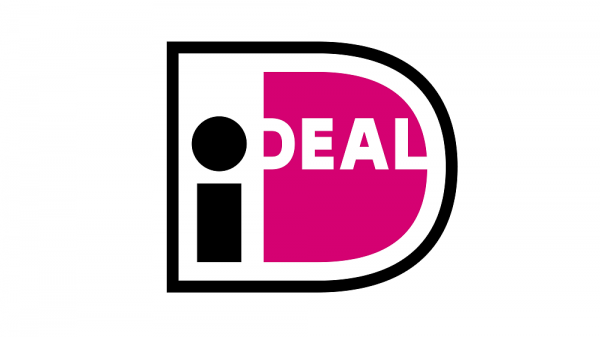 Postcard of an Hungarian painting by Borsos Jóseph, showing a woman wearing a red velvet jacket with the same image on an Hungarian postage stamp (TRC 2018.2544).Soft, smooth, silky – these are just some of the terms conjured up by the word velvet, but velvet is much more than a mere soft and silky material and often it is not even smooth!
Postcard of an Hungarian painting by Borsos Jóseph, showing a woman wearing a red velvet jacket with the same image on an Hungarian postage stamp (TRC 2018.2544).Soft, smooth, silky – these are just some of the terms conjured up by the word velvet, but velvet is much more than a mere soft and silky material and often it is not even smooth!
This brief introduction, spread out over several separate pages (see below), provides the background to the TRC Gallery Exhibition VELVET!, which opens at the TRC on 22nd January and will be on display until 27th June 2019. All velvets and the illustrations in this and following pages form part of the TRC collection and can be seen, together with many others, at the exhibition.
Velvet is one of the most luxurious textiles that has been produced in Europe and elsewhere, for at least one thousand years. Despite the fact (or perhaps because of it) that it is very expensive to make, in both time and raw materials, velvet became an essential item for any self-respecting royal court or church in Europe and is now made and used in many places throughout the world.
Velvet is used for garments, and may be covering the body literally from head to foot, and is worn by men, women and children. Houses are also decorated with velvets and the soft material has been used for soft-furnishings as well as upholstery – think of the velvet cloth that was placed over a piano or table, not to mention the precious velvet curtains.
 Preview of the TRC Gallery exhibition VELVET!, opening 22 January 2019.
Preview of the TRC Gallery exhibition VELVET!, opening 22 January 2019.
The English word velvet, the French velour and Dutch fluweel originate from the Latin word villus, meaning ‘shaggy hair’ or ‘tuft of hair’, and Vulgar Latin villutittus or villutus or, more formally, velutum (‘shaggy cloth’). In modern terminology, the various terms are used interchangeably, whereby in the English-speaking world the word velour tends to have a lower prestige than velvet
- See next chapter: A brief history of velvet
Chapters:
Velvet: A luxurious textile in the TRC spotlights










